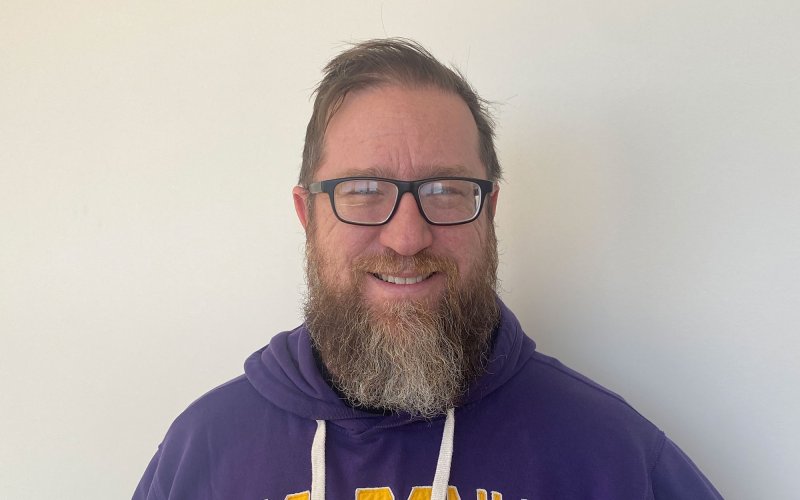Q&A: Why I Chose a PhD in Curriculum and Instruction

What is the Curriculum and Instruction PhD program?
The PhD in Curriculum and Instruction allows students to engage in research that can provide help for teachers to overcome practical challenges that impede student success. It can lead to careers in higher education, government education, private curriculum development or internal training programs for businesses or agencies.
There are several areas you can specialize in:
- Learning, Teaching and Teacher Education
- Learning Sciences and Technology
- Literacy, Language and Culture
- Science and Mathematics Education
- TESOL and Second Language Acquistion
- Society, Equity and Social Studies
I'm specializing in Society, Equity and Social studies which allows me to examine social studies education in K-12 as well as the role of education in fostering just and equitable societies, addressing key issues in civic engagement, equity in education and socially just teaching.
Why did you choose to pursue a PhD in Curriculum and Instruction?
I spent the last decade teaching mostly middle school social studies and loving every minute of it. I always told my students that my worst day teaching was better than my best day at any other job I’d everI have had. But like many people during the pandemic, I took the time to self-assess where I was at. I had been planning to get my PhD for some time now, and my family, and I were looking to move from Florida back north where my wife and I were from. As such, I began looking into PhD programs that would allow me to focus on my interest, the use of nonfiction graphic novels to engage students in historical thinking and historical empathy.
Why did you choose UAlbany?
After I turned in my notice at work at the end of the school year, I quickly began researching programs and meeting with professors throughout the country via Zoom to see if there were professors who would be interested in supporting my research interests and to see if their programs provided me the flexibility and academic classes that fit my needs. Dr. Levy, my faculty advisor, suggested that I enroll at UAlbany as a non-degree student over the fall to not only get a feel for the program, but to also get a more recent writing sample (I hadn’t written a paper for school since I finished my master’s back in 2014), and to possibly get a more recent professional reference.
As I took the course, I narrowed down my choices of schools to four of five in the New York/New Jersey/Pennsylvania area, and I spent a week visiting each campus and meeting with professors. At the end of the visit, I had selected the University at Albany as my top choice. Not only did I feel a genuine interest in my research from Dr. Levy, I was also impressed with the class I took over the fall, and while I was hoping to take some classes in person. I was really fascinated with the idea that the entire PhD could be completed 100% online if I needed. This meant that attending UAlbany didn’t inherently lock my family into living in the Capital district for the next four to eight years. And if the two professors I had interacted with thus far were any indication of the quality of their faculty, then I had no fear that I wouldn’t find the course work engaging and rigorous.
What advice do you have for others who want to pursue the same program as you?
My advice is to focus on your personal statement. That’s the part of your application that really speaks to who you are. If possible, pick up the phone or send an email to a professor in the department you’re interested in. Get to know them and see if the work you are interested in doing will match any of the interests of the professors. Even assuming you go full-time, a PhD is a long-term commitment, and taking the time to make sure the school you attend and the program you enter is a good fit will help ensure you are successful and happy with your choice.





